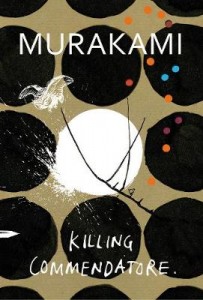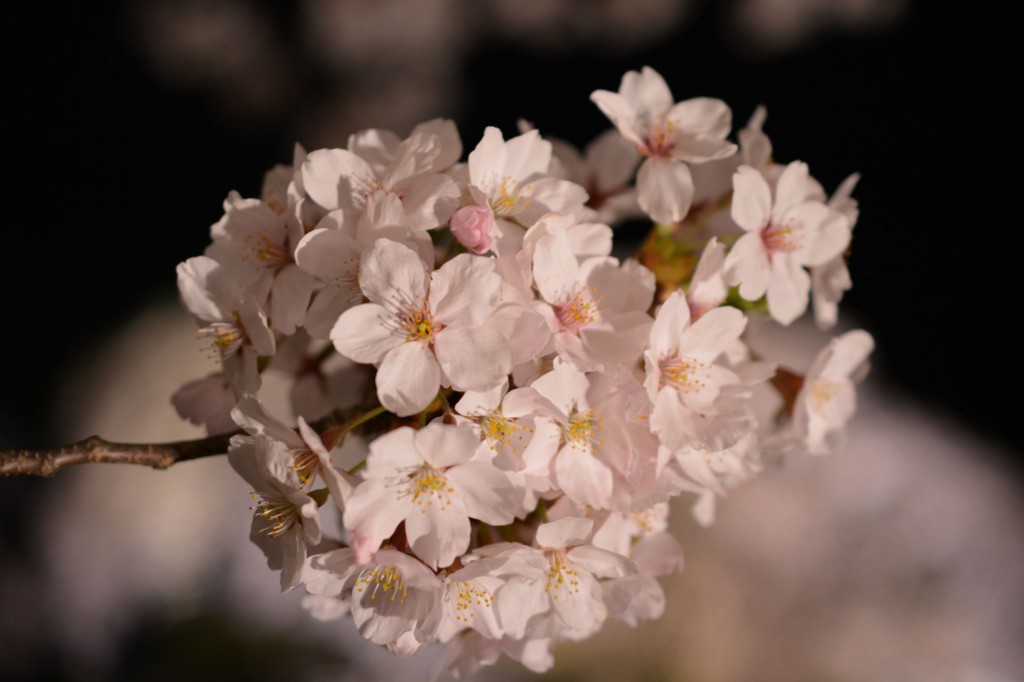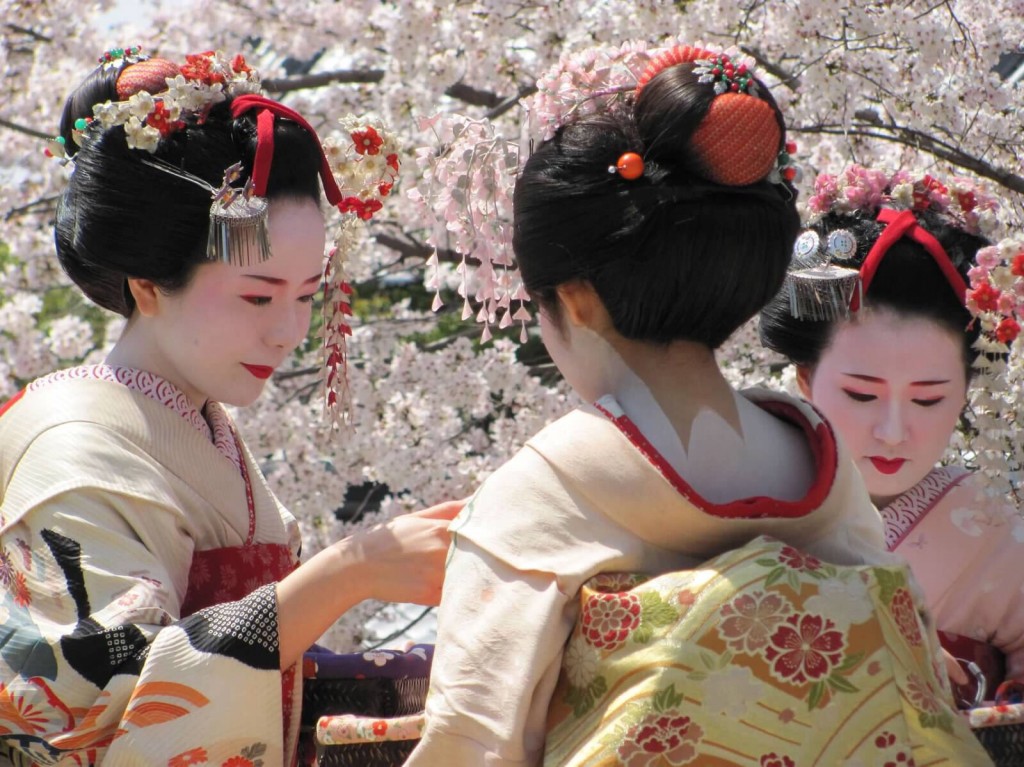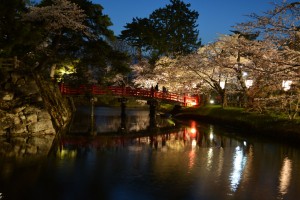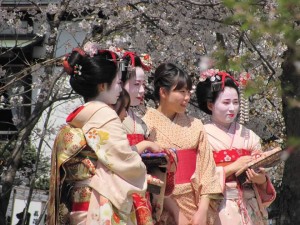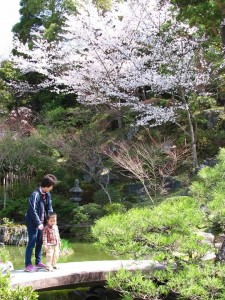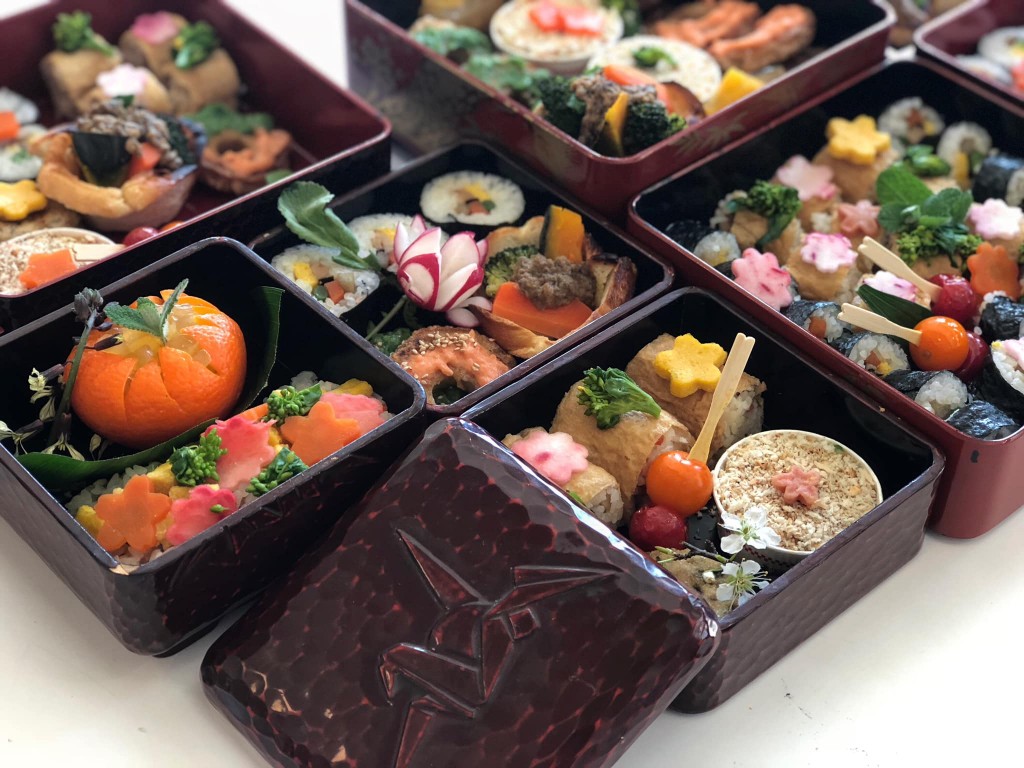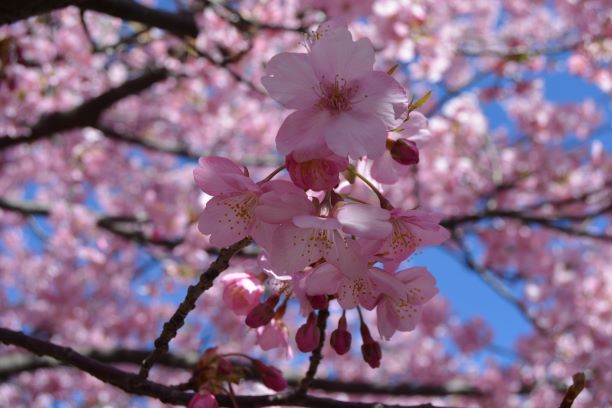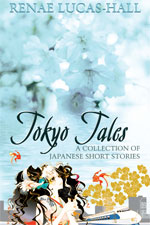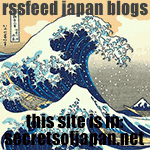My latest short story pays homage to the genre of magical realism and Japan’s bestselling novelist Haruki Murakami. Read the full story for free on Books on Asia.
Stick Out Your Tongue in Secret – A Murakami-esque Short Story
It was the most traumatic night of my young life. A chilling experience for a thirteen-year-old girl. I’d always been a light sleeper but I knew it wasn’t the wind or an earthquake tremor that woke me in the wee hours of the morning. It must’ve been two or three o’clock. I’d sensed an intruder and my instincts rarely deceived me. I’d always been very intuitive and able to sense danger. A gift that would diminish each year as I grew older.
A sliver of moonlight was breaking through the curtains, revealing a pair of fluorescent beady red eyes in front of me. They were as bright as the azaleas in our front garden. My eyes focused a little and I could just make out someone with a thick waist and slightly wider hips. A small, chubby girl was perched on the edge of the tatami in our living room which doubled as our bedroom. She looked from side to side before she placed one hand in front of the other and inched a little closer. I sat up and leaned both hands back against the futon. Reclining my back, I didn’t want to lean forward and get anywhere near this being in front of me. I blinked twice and my eyes focused even more in the dark. The girl with the strange, brightly-coloured red eyes began to slowly but ever so surely crawl towards me little by little on all fours. Her glowing pupils lit up her face as she approached and I realised I was staring at Saki-san, a student who had moved into a street not far from our home with her family two months earlier. Her first name was Sakiko but everyone called her Saki or Saki-san. She was in the same class as me at the local junior high school but she had no female friends and she’d made it very clear with her icy demeanour that she didn’t want any.
Saki had deliberately distanced herself from nearly everyone in our class except for a couple of boys who were known for skipping school and smoking cigarettes in the alley behind the local pachinko parlour. Her ears were slightly pointy, her eyebrows were pencil thin, the end of her nose was too big for her face, and her lips were barely there. Her complexion was pasty, her shoulder-length hair was limp, and she was too short and stumpy for her age, even by Japanese standards. She was from Ehime Prefecture and she spoke with a rough Shikoku accent that had made everyone giggle when she’d given a presentation about her hometown in front of the whole class in August. You could tell that life would not be kind to her and she would become frumpy and unsuccessful as the years progressed if she had no desire to change, improve her attitude, or circumstances. As Saki approached me ever so hesitantly, I wondered why she was in our bedroom but I was too afraid to talk to her. I also wondered why her eyes were so red. I’d never noticed this before. I was sure they were dark brown when I’d watched her give that presentation two weeks earlier.
Saki flicked out her tongue a couple of times and hissed. Her tongue looked sharp with a silver glint, not rounded as it should be, but I couldn’t tell for sure. She was no longer in the light and I couldn’t see her face as clearly now. She reached the end of my futon, hissed at me again and sucked in air. A shiver went up my spine like a snake slivering up the skin of my back. Her hands began pawing the comforter as if she were hungry and rummaging for food. I gasped as she yanked at the end of my duvet. I finally found the strength to reach over to my mother’s futon and shake her shoulder. She instantly sensed something was wrong. My mother knew I’d never wake her unless it was absolutely necessary. She turned her head, opened her eyes, caught sight of Saki, jumped up off the futon, and pulled at the light switch. Saki sped past us, scuttled through the kitchen and jumped onto and out of the balcony in a flash. I was amazed she could move so quickly. I did catch sight of her eyes as she passed me and I noticed they were no longer red. They’d returned to their natural flat brown colour in the artificial light.
Continue reading this short story on Books on Asia.
*The title, “Stick Out Your Tongue in Secret” is adapted from the Japanese proverb: 内緒で舌を出す (Naishō de Shita wo Dasu)
“Stick Out Your Tongue in Secret” is entirely a work of fiction. This short story was written to pay homage to Haruki Murakami and the genre of magical realism. It is not fanfiction and it was not written to plagiarise Murakami’s writing in any way or form. The names, characters and incidents portrayed in this story are the work of the author’s imagination. Any resemblance to actual persons, living or dead, events or localities, is entirely coincidental.
This short story is copyright to Renae Lucas-Hall and Books on Asia in 2019. This story has been published subject to the conditions that it shall not by way of trade or otherwise, be sold or circulated without the author’s or publisher’s prior consent in any form.










